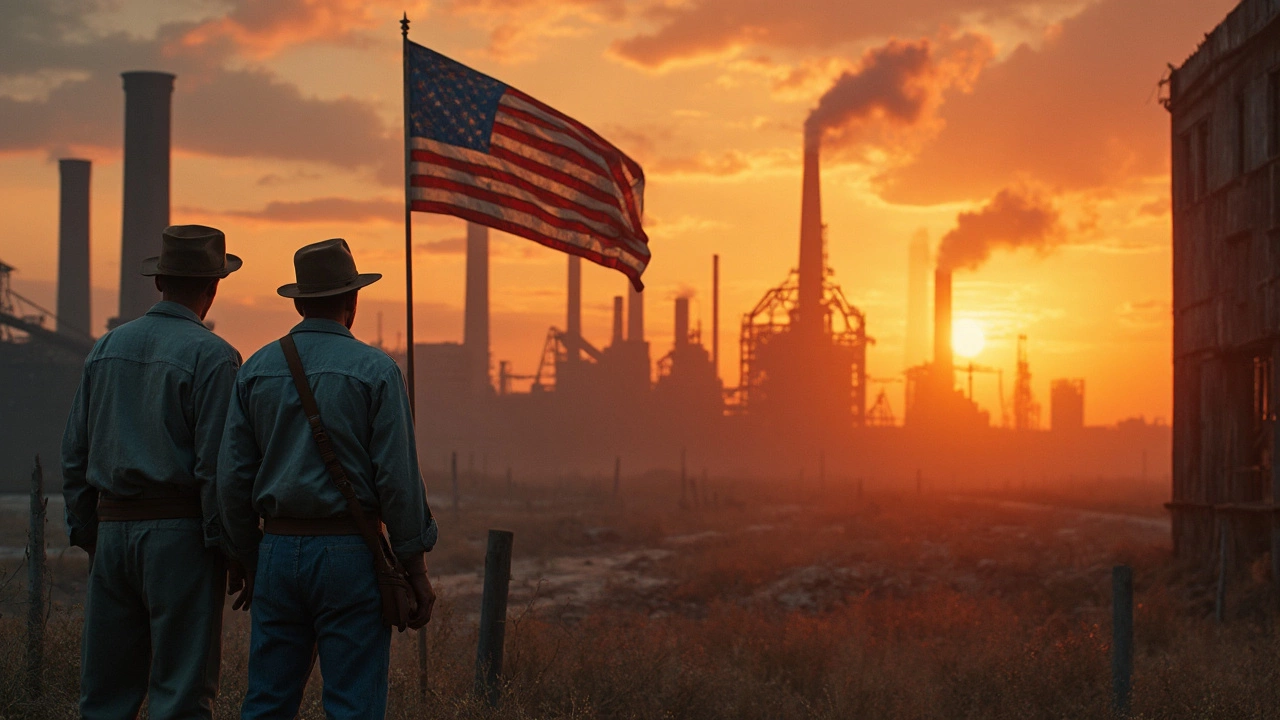Steel Industry Decline: What’s Happening and How to Respond
If you work in manufacturing, you’ve probably noticed fewer steel orders, tighter margins, and more talk about a slowdown. That’s not just a headline – it’s a real shift affecting factories, contractors, and even small workshops across India. Understanding the why and the what‑next can help you keep the lights on and plan smarter.
Key Reasons Behind the Decline
First, demand has softened. After years of rapid growth, sectors like construction and automotive are now pacing themselves. Builders face higher loan rates, and car buyers are waiting for better fuel‑efficiency models. When big buyers pull back, steel producers feel the pinch.
Second, global oversupply is squeezing prices. Countries such as China are still churning out steel at record levels, flooding the market and driving Indian prices down. Export routes that once offered a safety net are now clogged with cheap alternatives.
Third, raw‑material costs and energy prices are climbing. Iron ore and coal have become more expensive, and power tariffs for large plants have risen with new environmental regulations. Higher input costs mean lower profit unless mills can pass the price hike onto customers – something many can’t do in a weak market.
Finally, policy changes play a role. Recent shifts in import duties and the push for greener production have forced some firms to halt expansion plans. While the long‑term goal is good, the short‑term effect is reduced capacity and slower growth.
Practical Steps for Manufacturers
Don’t just watch the decline; take action. Start by reviewing your material mix. If you can substitute some steel with aluminum or composites for certain parts, you’ll reduce exposure to price swings.
Next, tighten inventory management. Use just‑in‑time ordering where possible and negotiate flexible supply contracts. Avoid tying up cash in large steel stockpiles that might lose value.
Invest in efficiency upgrades. Modern furnaces, better scrap recycling, and process automation can cut energy use and lower unit costs. Small savings add up, especially when margins are thin.
Consider alternative markets. Domestic infrastructure projects, renewable‑energy installations, and defense contracts often still need steel but may have steadier funding. Diversifying your client base can smooth out demand dips.
Lastly, keep an eye on policy signals. Government incentives for green steel, tax breaks for R&D, or new export schemes can create pockets of opportunity. Being ready to pivot when a favorable policy lands can give you a competitive edge.
The steel industry decline isn’t a sudden crash; it’s a gradual slowdown driven by demand, oversupply, costs, and regulation. By understanding these forces and adjusting your operations, you can protect your business and even find new growth paths. Stay alert, stay flexible, and the downturn can become a chance to reshape your manufacturing strategy for the better.

Why Doesn't the US Make Steel Anymore? Real Reasons Behind America's Steel Decline
The US used to be the king of steel, with its factories fueling skyscrapers and cars. So what happened? This article uncovers why American steel plants faded, digging into tough competition, changing tech, and shifting labor costs. You'll get surprising facts about U.S. steel production and tips on what these changes mean for jobs and the economy. The story isn't just about business decisions; it's about how the world changed and America struggled to keep up.
Read More